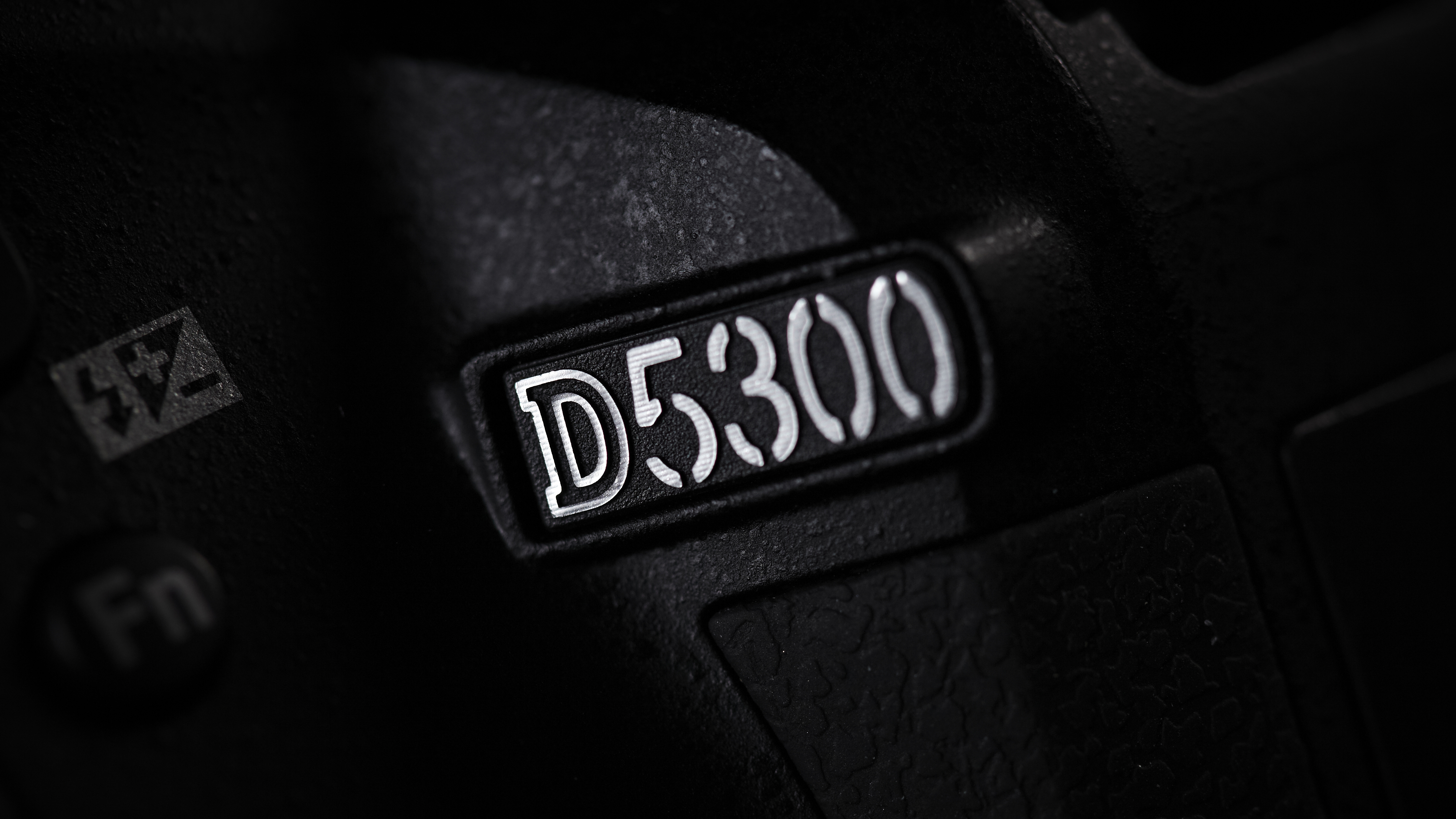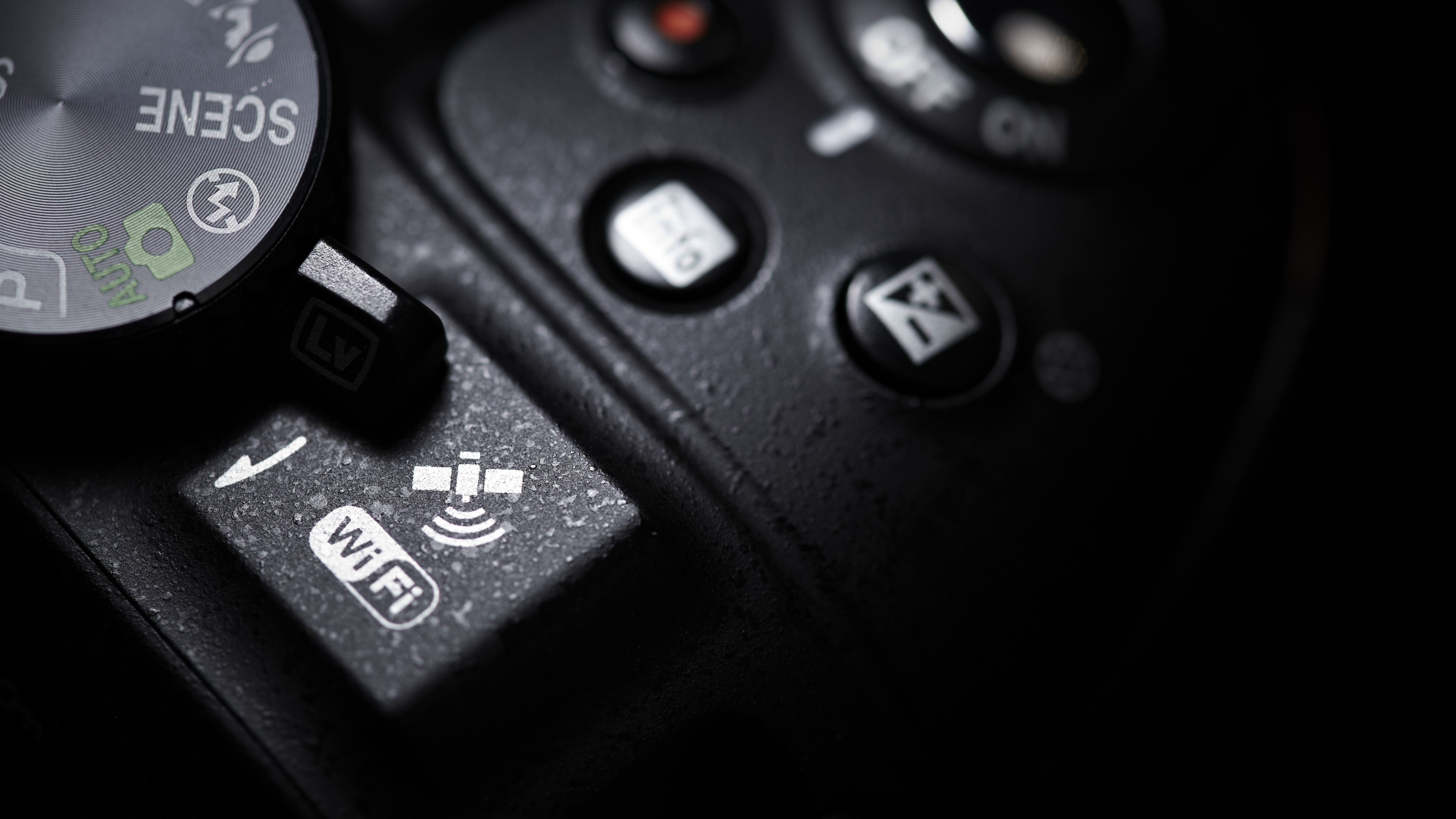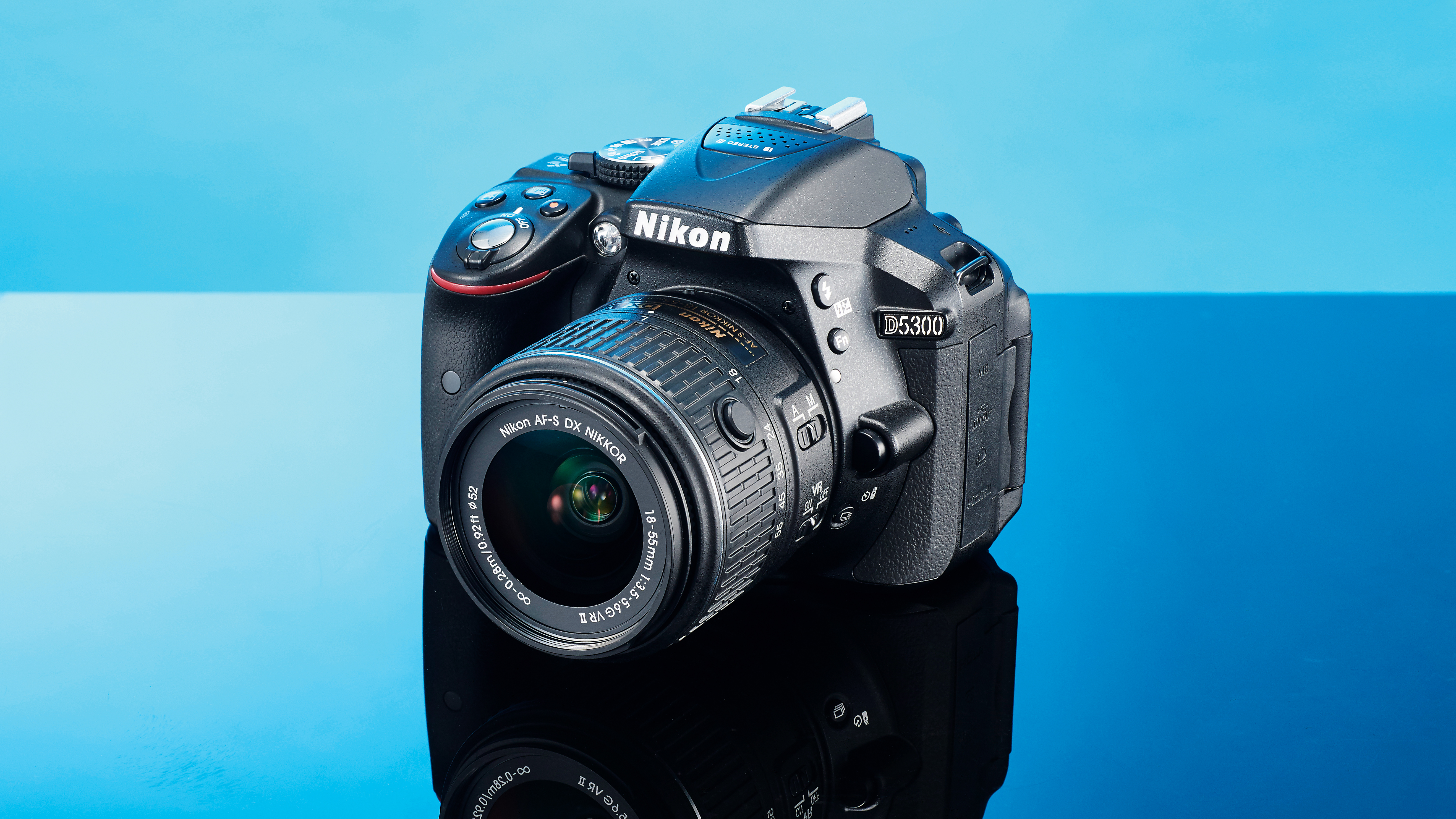TechRadar Verdict
A 24MP DSLR with a 3.2-inch articulating screen, 39-point AF system and Wi-Fi connectivity is a good option for someone looking to take their photography more seriously. The control layout is simple, too, so you get to grips with the camera quickly.
Pros
- +
Great performing sensor
- +
No anti-aliasing filter
- +
High-res vari-angle screen
- +
Wi-Fi built-in, EXPEED 4 processor
Cons
- -
Mainly on-screen control
- -
No touchscreen
- -
Special Effects are JPEG only
Why you can trust TechRadar
The D5500 might be the newer camera, but the D5300 is still very much part of the Nikon DSLR line-up - an entry-level model, but one that offers more features than the likes of the Nikon D3300 or Canon EOS Rebel T6 / EOS 1300D.
Is it still a good buy? Let's take a look.
Features
- APS-C CMOS sensor, 24.2MP
- 3.2-inch vari-angle screen, 1,037,000 dots
- 1080p video capture
Like a lot of current Nikon DSLRs, the D5300 uses a sensor without a low-pass filter, offering the potential to capture more detail - albeit at the risk of moiré patterning.
However, we haven't found moiré patterning to be a major issue in stills from other cameras such as the D7200, D800E and Ricoh GR that also don't have anti-aliasing filters over their sensors, so it seems likely that all should be well with the D5300 as well.
The majority of the D5300's specification is the same as the D5200's, but there are a few key changes in addition to the new sensor.
Perhaps the most significant change from the D5200 is the switch to the new EXPEED 4 processing engine. This has given Nikon greater power to improve image quality and we are told that has most impact with noise control at the highest sensitivity settings.

Nikon is aiming the D5300 at photographers who want to be creative, and to support this it has added two new Creative Effect modes - HDR Painting and Toy Camera. This brings the total number of Effects modes to nine; there are also 16 scene modes and the usual collection of Picture Control options.
Nikon's Picture Control modes can be used whether you are shooting raw or JPEG images and the usual options of Standard, Neutral Vivia, Monochrome, Portrait and Landscape are available. The contrast, sharpening, brightness, saturation and hue of the colour options can be adjusted for taste.

In addition, Nikon has encouraged shooting from creative angles by boosting the size of the vari-angle LCD screen to 3.2-inches and increasing its dot-count to 1,037,000.
Another key change for the D5300 is the addition of built-in Wi-Fi and GPS technology. The Wi-Fi connectivity allows the camera to transfer images wirelessly to a smartphone or tablet via Nikon's free Wireless Mobile Utility app. From there, images can be shared on any of the usual social networking sites. The same app can also be used to trigger the shutter remotely.

Meanwhile the GPS system allows images to be tagged with the longitude, latitude and altitude of the shooting location. Nikon's ViewNX 2 software can be used to create travel maps which can be displayed on Nikon Image Space, or any other social networking or photo-sharing website that supports GPS, such as Flickr.
The addition of Wi-Fi and GPS technology may have been the motivation for another change made with the D5300: a new battery, the EN-EL14a. Under CIPA testing conditions this battery has a 600-shot life, 100 more than the EN-EL14. Further good news is that the EN-EL14a is backwards compatible so it can be used in the D5200 and it will be phased in across Nikon cameras.
Nikon's dynamic range expanding D-Lighting mode has been around for a while now, but the D5300 debuts a new option in Retouch mode - Portrait Subject mode. When this is applied to a portrait image the skin tones are brightened but the background ambience is retained.
As usual, the D5300 is capable of shooting Full HD (1920x1080) movies, but the available frame rates has been expanded to include 60 and 50p as well as 30, 25 and 24p.
